Beginning in April 2024, dedicated social inclusion personnel have been assigned to every metropolitan cultural institution managed by the Tokyo Metropolitan Foundation for History and Culture. Social inclusion staff at cultural facilities have been attracting attention as a new profession. To learn about their roles, we spoke with four of the newly assigned members who joined the foundation about half a year ago in the spring. Part 1 of the article features a roundtable discussion, and Parts 2 and 3 present interviews with the staff members.
*Department names and titles are as of the time of the interview
![]()
![]()
事務局からのお知らせ
People Inside Tokyo Metropolitan Foundation for History and Culture Vol. 2: Role of Social Inclusion Staff [Part 1/3]
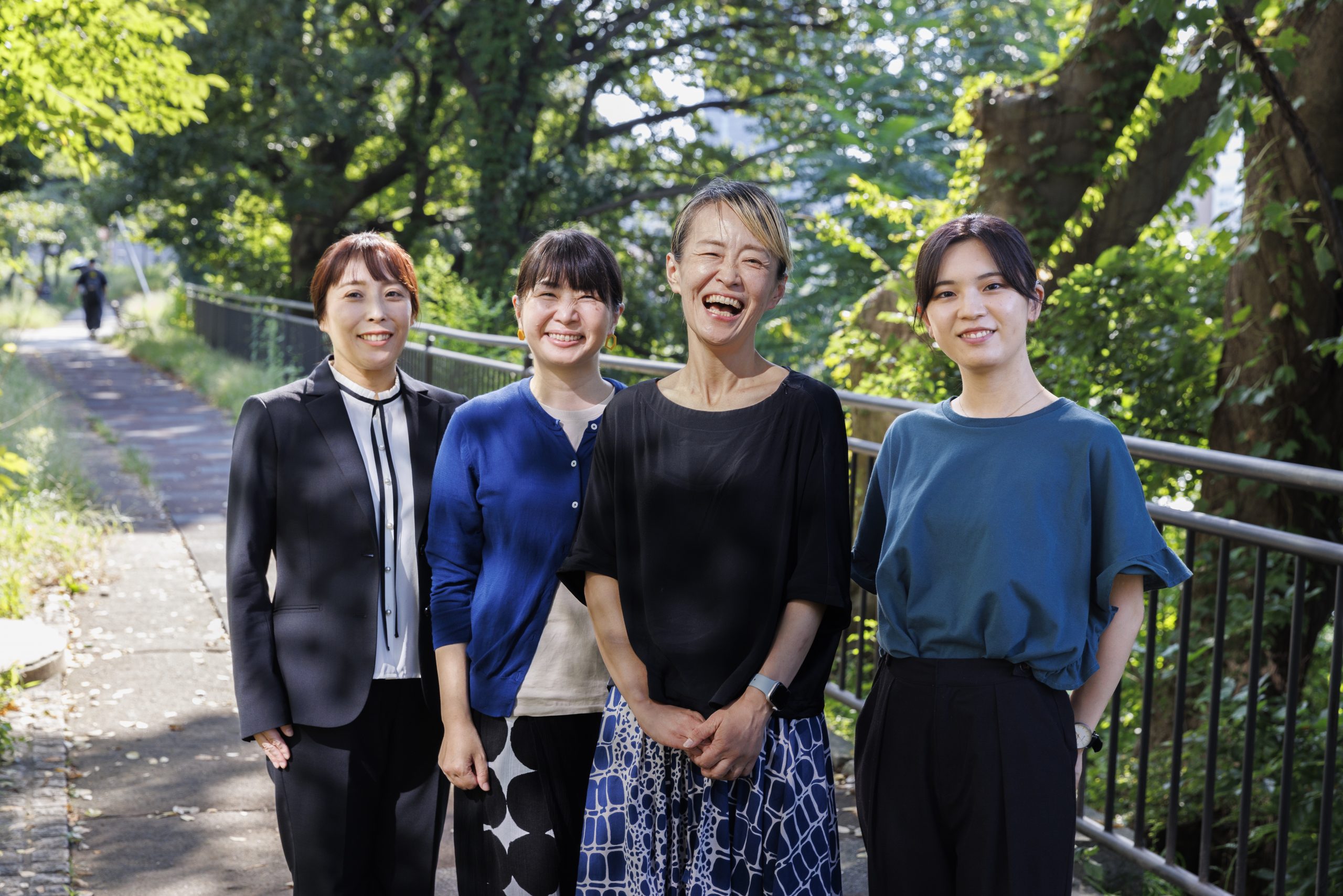
What does a social inclusion staff do?
── Ms. Tomoko Tsukihashi works at Tokyo Bunka Kaikan, and Ms. Seiko Funanokawa works at the Tokyo Photographic Art Museum. What are your roles as social inclusion staff?
Tomoko Tsukihashi: Simply put, my understanding of social inclusion staff’s role is to make culture accessible to everyone. Each facility differs in scale and genre, so our responsibilities vary. At the Tokyo Bunka Kaikan, for example, an essential part of my job is to coordinate various activities within the facility.
Seiko Funanokawa: Before I joined the foundation, I experienced as a user, thinking it would be wonderful if a broader range of people could enjoy these facilities. I may feel comfortable in the space, but not everyone would feel the same. In my current role, I arrange and carry out plans based on what I realized back then.
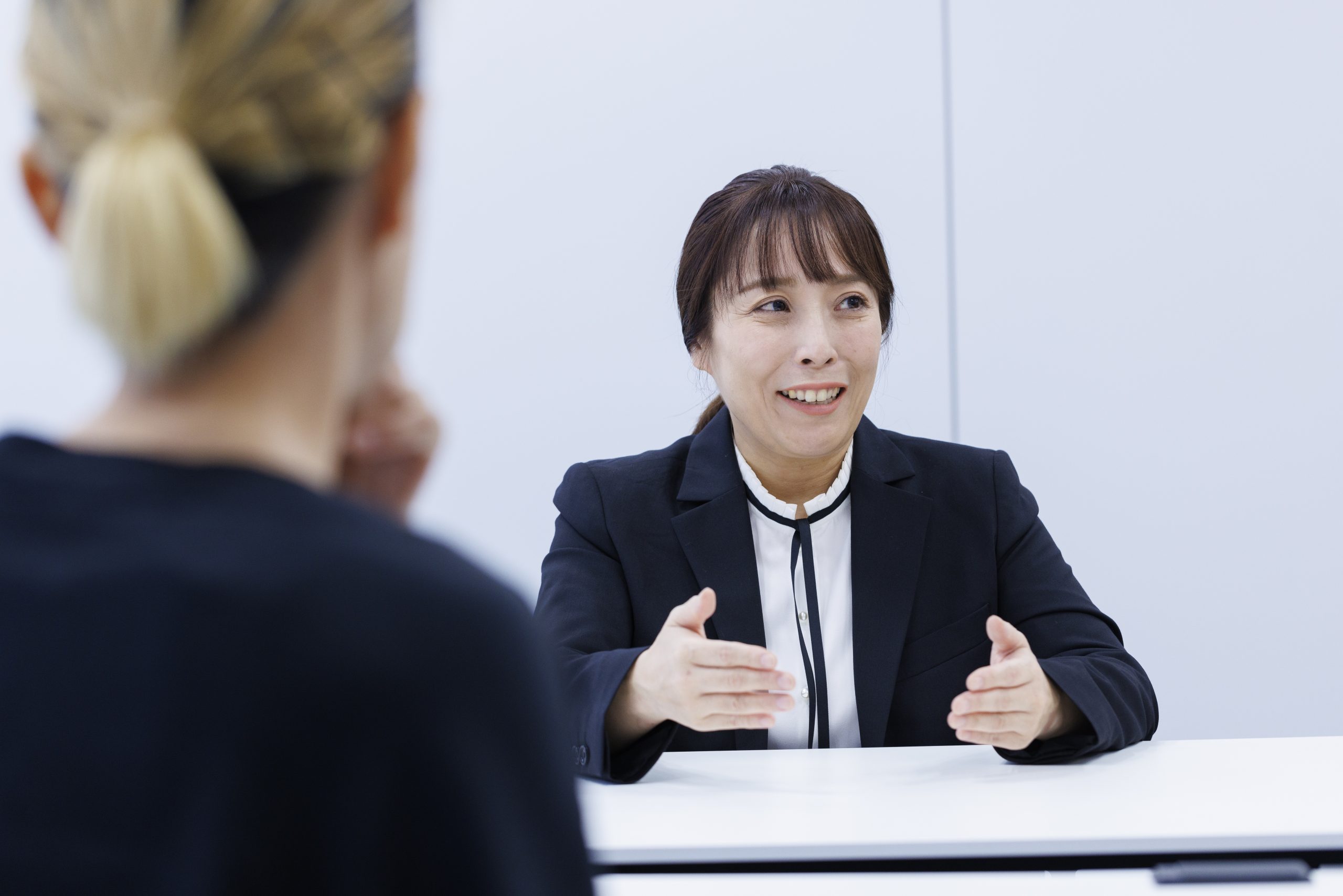
*In response to Future Tokyo: Tokyo’s Long-Term Strategy and Tokyo Cultural Strategy 2030, the Tokyo Metropolitan Foundation for History and Culture formulated the Long-Term Vision 2030 of the Tokyo Metropolitan Foundation for History and Culture. The scheme aims to support Tokyo’s sustainability through the power of arts and culture and to contribute to realizing an inclusive society that respects the diversity of its people.
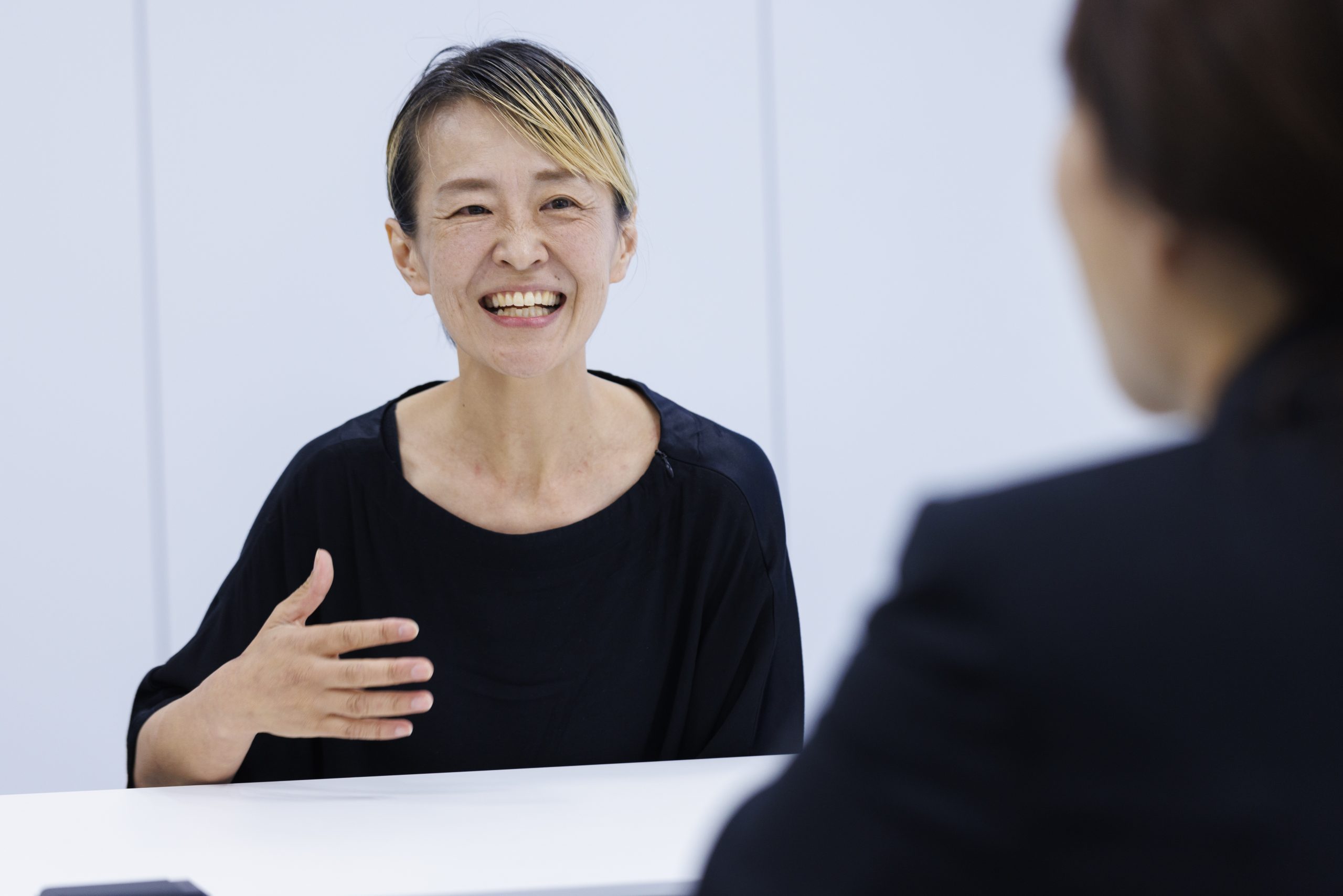
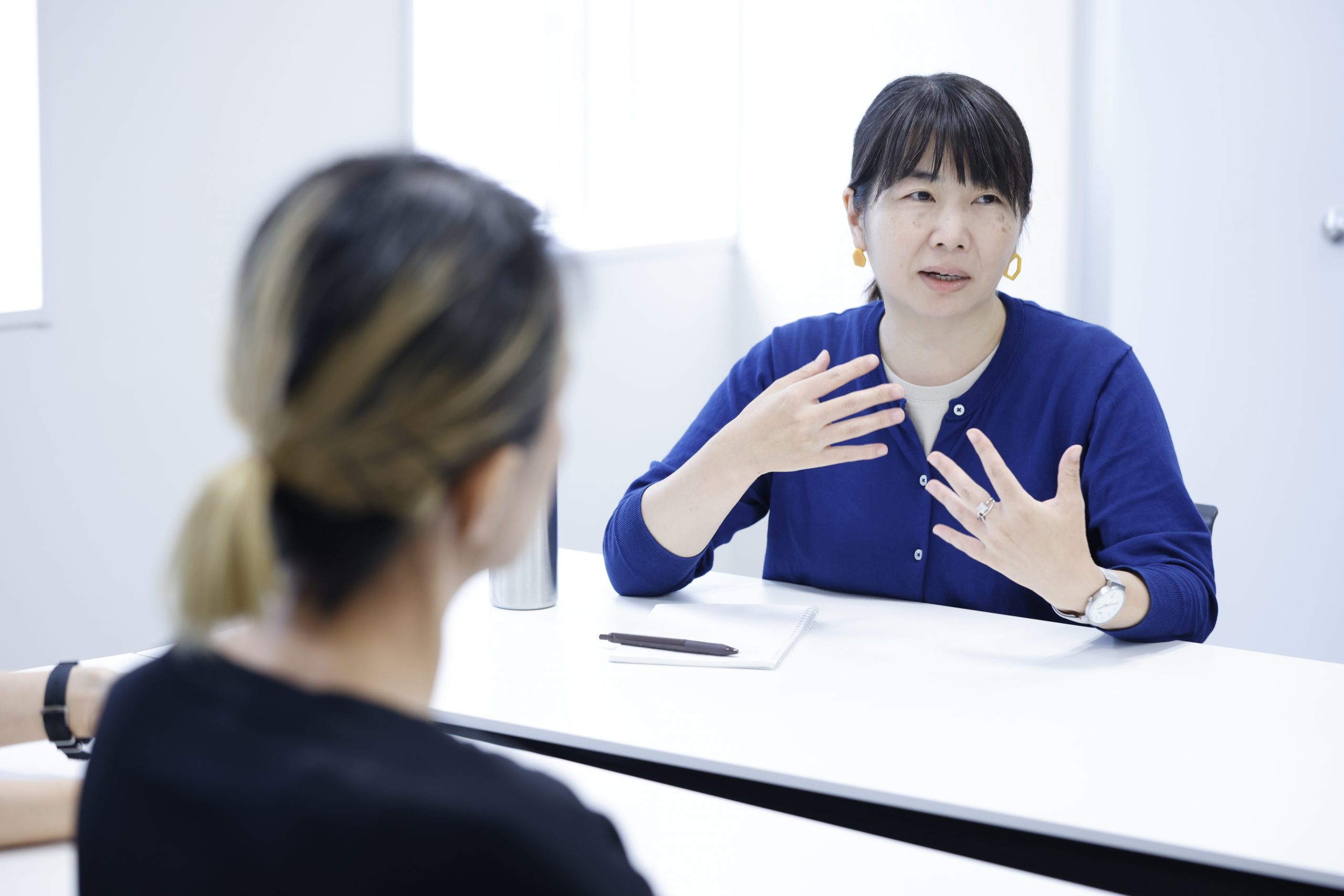
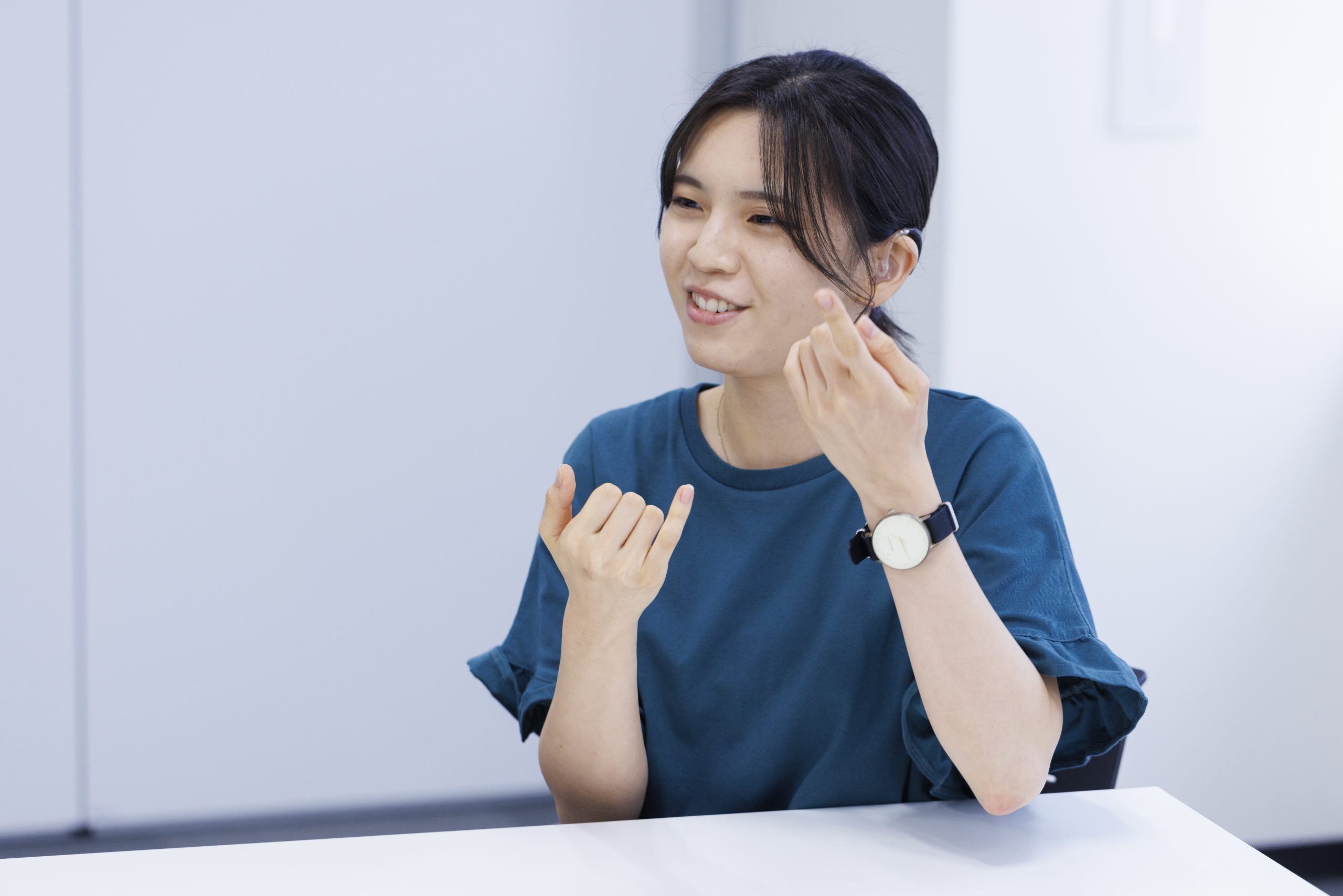
Profession of raising minus to zero
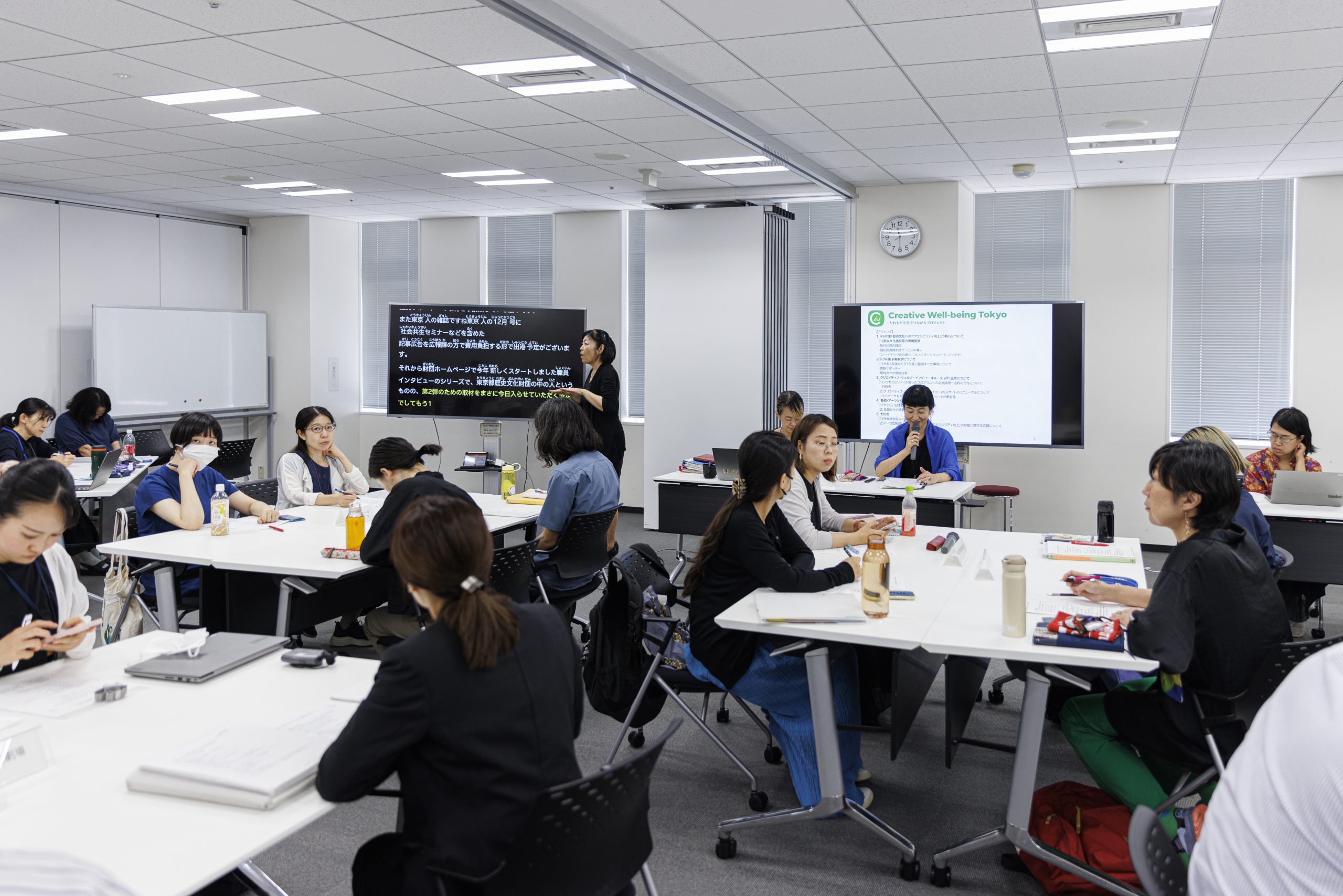
Ohtaka: During one of the meetings, Ms. Komai said, “We’re not doing something extraordinary; we’re just doing what’s necessary.” Those words resonated with me, and I hope to continue doing my job with that mindset.
Tsukihashi: I also remember what Ms. Komai said on the same day: “We are moving from minus to zero.”
Komai: This is something I value personally, but I believe we are starting from the minus range. We can think about pluses once we reach zero. Right now, cultural facilities are in a minus state when it comes to accessibility. Our job is to bring that to zero.
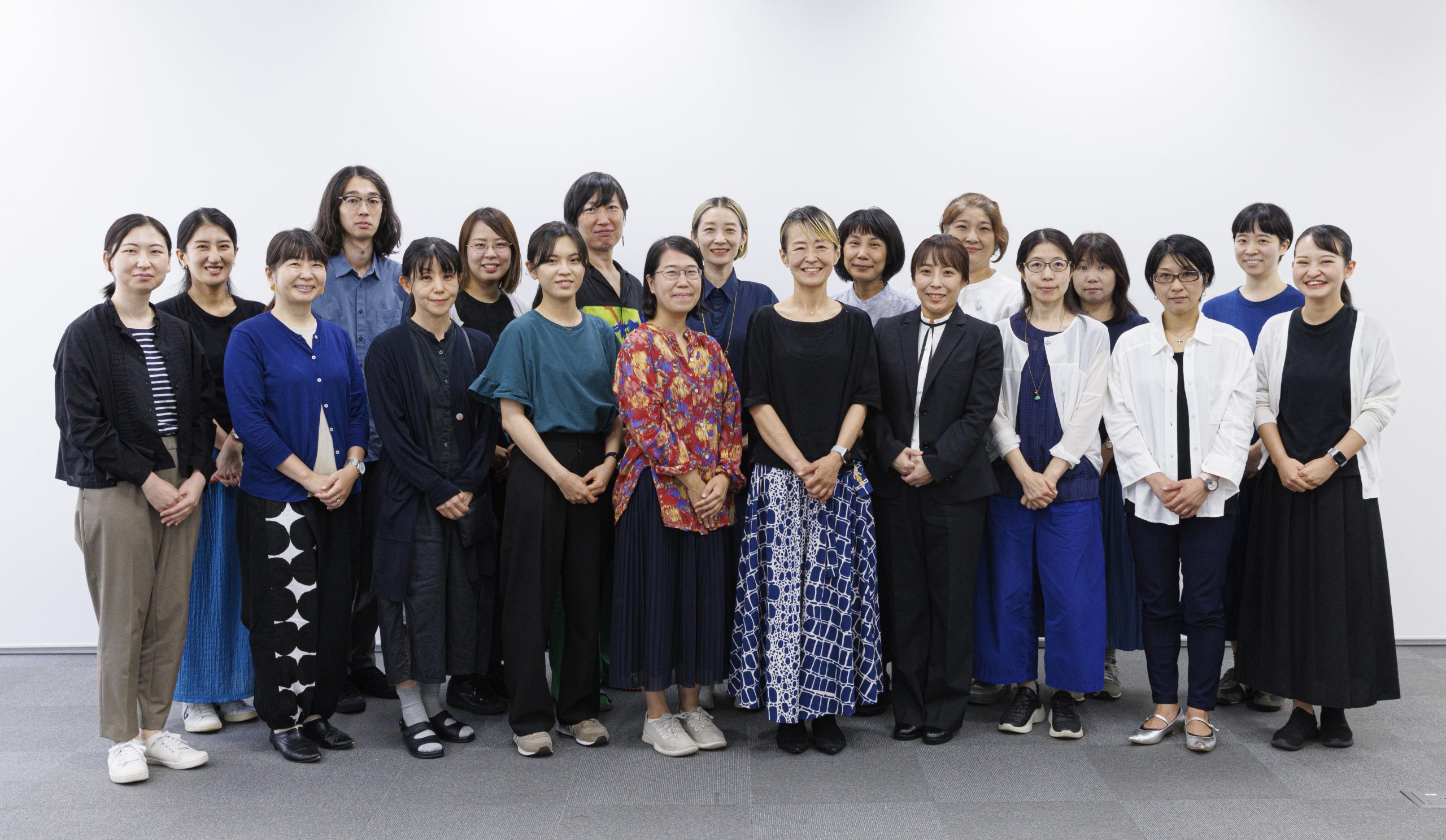
Interview and text: Emi Sato, photography: Osamu Kurihara, sign language interpretation: Naoko Iizumi and Yuki Toi
Translation: Erika Ikeda
Creative Well-being Tokyo
The project endeavors to improve accessibility to arts and culture so that everyone—from infants to the elderly, people with and without disabilities, and those with roots overseas—can encounter and participate in cultural facilities and art programs. It collaborates with domestic and overseas cultural facilities and NPOs that tackle community issues and draws on their diverse viewpoints and experiences to promote initiatives critical for future arts and culture activities.
Organized by the Tokyo Metropolitan Government and Arts Council Tokyo (Tokyo Metropolitan Foundation for History and Culture)
https://creativewell.rekibun.or.jp/en/about/


